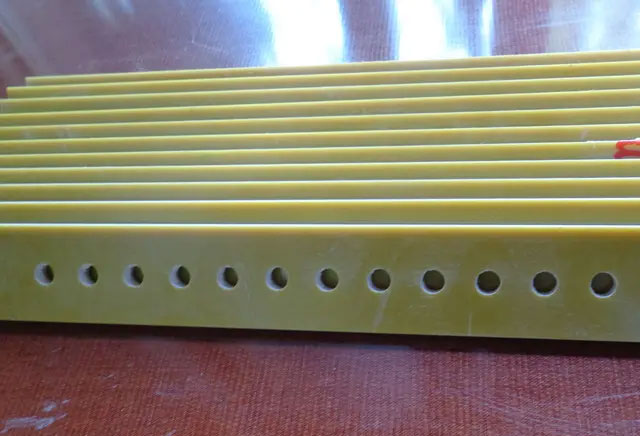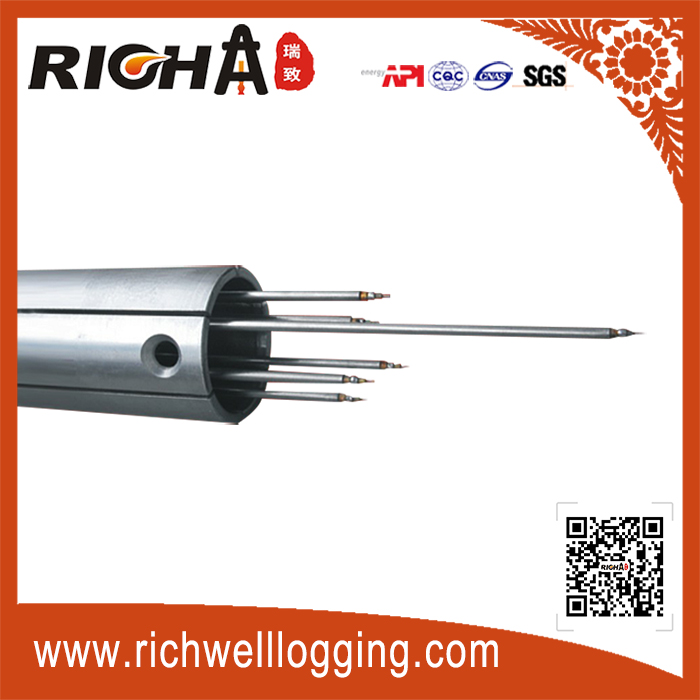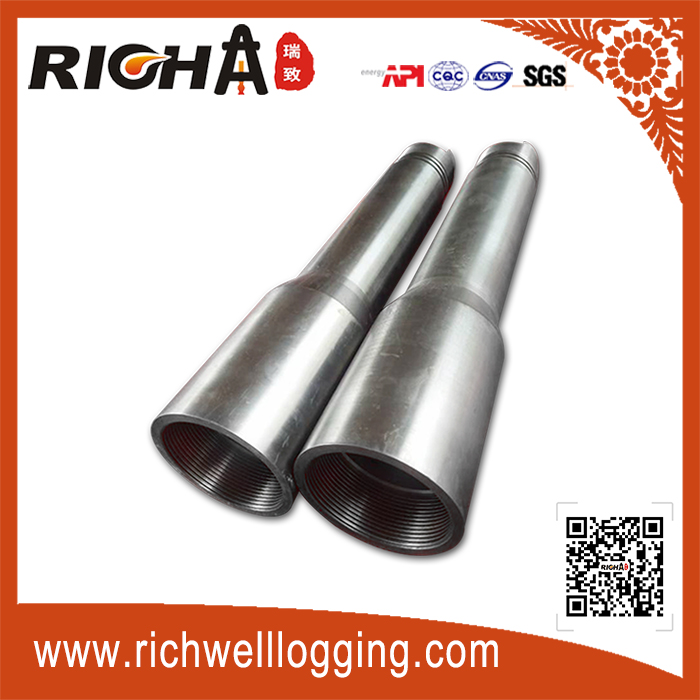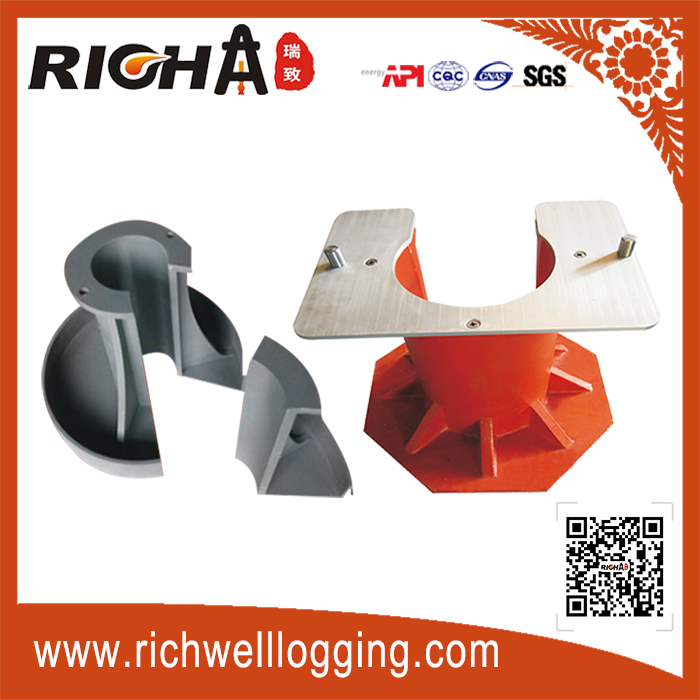Consultation Hotline:13629207777(WeChat Same Account)
Quality supervision:15229006666
After-sale service:029-86670108
Email:info@richwelllogging.com
Address:No. 388 Caotan 9th Road, Xi'an Economic and Technological Development Zone
Why Do Insulation Posts in Medium-Frequency Furnaces Spark and Smoke
Why Do Insulation Posts in Medium-Frequency Furnaces Spark and Smoke?
Sparking or arcing in the inductor coil of a medium-frequency furnace is a common phenomenon, especially after prolonged use. If the sparking becomes severe, it can impact equipment safety and reduce production efficiency. In mild cases, it leads to reduced productivity or equipment damage; in serious cases, it may cause production accidents, threatening lives and property. Therefore, great attention must be paid during the use of medium-frequency furnaces.

Most sparking issues are caused by the carbonization and peeling of the insulation varnish on the coil surface. Once the surface of the copper tube loses insulation protection, sparking is likely in humid environments or areas with metal dust. It is recommended to treat the coil surface with TSC ultra-high-temperature insulation varnish.
1. Sparking at Both Ends of the Furnace Coil
Sparking at the ends of the coil typically occurs at the junction between the rectangular copper tube of the inductor coil and its support studs. This usually happens due to vibrations at both ends of the coil. These vibrations cause friction between the copper studs, copper tubes, and the support bars, which leads to electrical discharge. The solution is to inspect and tighten the nuts.
2. Sparking Between Reactor Core and Coil
When the coil vibrates, it can cause the insulation gasket to wear out, resulting in contact between the coil and the iron core of the reactor. This contact leads to electrical discharge. Proper insulation should be applied, and the spacing between the reactor coil and the iron core should be maintained.
3. Sparking Between Coil and Water-Cooling Ring
Although the water-cooling ring does not carry net current, its internal upper and lower surfaces experience opposing currents. These currents repel the current in the nearby coil, creating repulsive forces that increase vibration. This area requires enhanced fixation and improved insulation.
4. Sparking at Lead-Out Cable and Connector
This issue is often caused by pulling on the water-cooled cable. Proper fixation of the cable can resolve the problem.
5. Moisture and Dust-Induced Sparking
Moisture and dust are inevitable during furnace operation. How to determine the appropriate thickness and reliability of the insulation layer is key. Wrapping with mica tape is not an ideal method because it does not resist water and can form gaps under vibration, making it difficult to bond securely with the reinforcing layer. A more reliable solution is to use a high-temperature insulation varnish with excellent abrasion and thermal resistance.
- China National Petroleum Corporation Maintains Stable Operations in the First Half of 2020
- Downhole Fiber Optic Sensing AUT-F100 for Oil and Gas
- Drilling Fluid Drilling: A Critical Step in Oil and Gas Exploration
- Testing of Composite Insulators in Operation
- Criteria for Evaluating the Quality of Insulators











